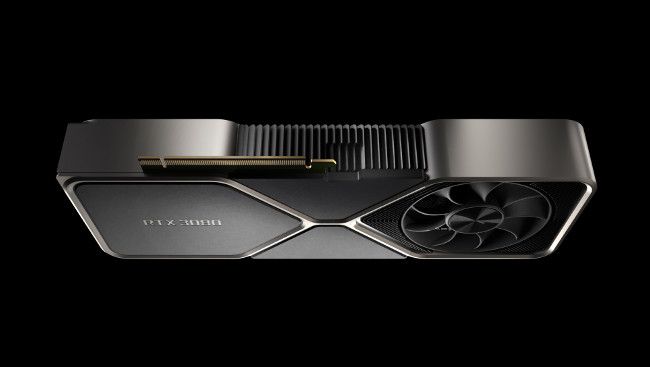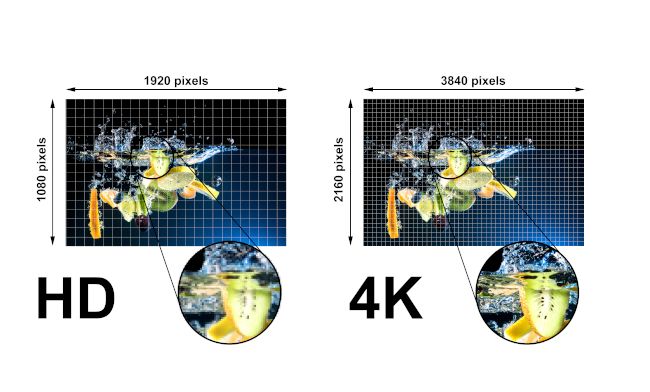Quick Links
You may have heard the term "dynamic resolution scaling," or DRS for short, to describe a technique used in many games to improve performance. Here's what it does and why more games are employing the technique.
What Is DRS?
Dynamic resolution scaling (DRS) is a technique used in both PC and console games where the output resolution is changed on the fly to improve performance. When the graphical processor (GPU) encounters an area that puts a lot of strain on it, DRS can be used to lower the output resolution.
This is one way of reducing strain on the GPU, which in turn can help maintain a healthy frame rate. Games that don't use DRS will be locked to a set resolution, and that may make performance drops more noticeable or force developers to look at other methods of lightening the load.
This process is taken care of by the game engine, which can scale the resolution up and down to smooth-out performance. Developers will decide on a minimum (and maximum) resolution that a game can hit, which can be tweaked depending on the hardware used.
This process isn't linear and may occur with varying degrees on different axes. Scaling resolution on a single axis is often a lot less noticeable than a linearly scaled-down resolution that affects both horizontal and vertical resolution. Many games limit scaling to the horizontal axis, though the game is properly rendered at the correct aspect ratio (the pixels are stretched).
In motion, many gamers won't notice that the game's resolution has been reduced. Additional techniques like temporal anti-aliasing are used to smooth out jagged lines that often accompany low resolutions.
Lower Resolutions Have Lower Render Times
DRS is a useful tool since it reduces render times on the GPU. When a scene takes too long to render, frames are dropped since the GPU cannot draw them in the time required to hit the desired frame rate.
For example, a frame rate of 60 frames per second requires the GPU to render a new frame every 16.667 milliseconds. If rendering a frame takes longer than this, that frame will be skipped and the overall frame rate reduced. Variable refresh rate (VRR) technologies make this less noticeable by eliminating screen tearing, while DRS can help boost performance across the board.
To use a simple example, since there are four times as many pixels in a 4K image as there are in a 1080p (full HD) image, it takes the same GPU four times as long to render an image in 4K as it does in 1080p. Reducing the resolution reduces the render time, which gives the GPU the headroom it needs to hit the desired frame rate.
So if a 4K image is rendering at a solid 30 frames per second and you want to hit a 60 frames per second target, halving the resolution would allow the GPU to hit this target assuming ideal conditions and no other settings are changed.
DRS Offers a Chance to Leave Other Settings Alone
Resolution is only one part of the frame render time equation though. Eye candy like level of detail (LOD), shadow quality, shader quality, and so on can all affect render times and performance. Developers can use other techniques to reduce image quality to hit higher frame rates.
One of the biggest benefits of DRS is that it often allows developers to leave many of these other settings alone so that only the output resolution is reduced. This allows games to look relatively unchanged on different platforms or hardware, except for the resolution.
Fortunately, you don't need to worry about DRS aside from the occasional toggle in a PC game. Console games lean heavily on the technology, which can vary wildly in its implementation, and is often changed in updates based on user data gathered by developers and player feedback.
Are you a PC gamer interested to learn more about performance? Find out how to monitor your frame rate as well as how frame rates affect the gaming experience.



